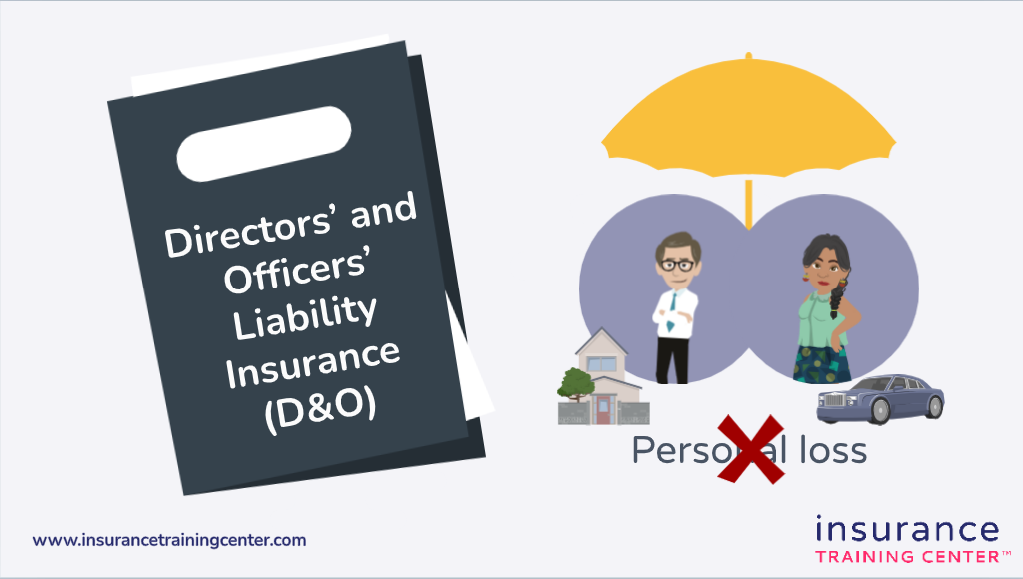Reading time: 3 Min.
After a decade of operating in a soft market, it seems that many of us are rusty on our negotiation skills. As brokers, we are now commonly underprepared for negotiations with insurance carriers in the hardening market because being a great negotiator requires lots of practice. With the turn of the market, we’re now finding ourselves struggling to succeed in negotiations on time. As a result, we’re left spinning our wheels, short on time for processing unnecessary coverage extensions, with unhappy clients and resentful trading partners.
Review the following checklist before entering any critical negotiation. These questions will help you analyze your perspective and think on your feet when coming into discussions.
-
What are my short term and long term objectives from the negotiation? Make a list ranging from the minimum viable acceptable offer to a dream case scenario.
-
What is my BATNA (best alternative to a negotiated agreement)? In other words, do you have any other options should you be unable to strike a deal?
-
What are the strengths of my client and risk profile? Think beyond the application, such as client history, risk management, and management team.
-
What are the weaknesses of my client and risk profile? Don’t be caught blinded sided by the underwriter. Know the good, the bad, and the ugly better than anyone else.
-
Why is the other party negotiating with you? What do you have that may be of interest to the underwriter? What is the underwriter getting out of the deal, and factors that would be beneficial for them?
-
Do you have a list of questions for the underwriter? Knowledge is power. Arm yourself with questions that will strengthen your position for future talks with the same or other underwriters. Uncover the underwriter’s perspective and what tips the scale in your and their favour.
-
Have you entered into a similar negotiation in the past? If so, think of benchmarking, alternatives, and precedents that can help support your case.
-
Who else should be in your negotiating team? You are not alone. Is there anyone else at your office that has a strong relationship with the underwriter? What should be the responsibilities of each team member?
-
Can you involve a third party to support your cases, such as claims department, lawyers, or even the client? The perspective of a third party may shine the light on other options or solutions.
-
What is your relationship with the underwriter/ carrier? How might the past affect this negotiation? Are you prepared to leave emotions and personality issues separate from the negotiation?
-
What are your assumptions going into the negotiation? Are any of these assumptions groundless and unfounded, and could these assumptions be taking you down a rabbit hole? An example – assuming that your client will be disappointed unless you get a flat renewal.
Learn more about the insurance broker role: What is a broker? -
Are you aware of any anchoring traps that might affect your decision making or the underwriter’s decision making? Anchoring traps is when we give too much weight to information first received, such as an initial declination or high pricing.
-
Have you considered all options for mutual gain? With a wide range of possible options, you are more likely to leave both the client and the underwriter in a win-win position.
-
Will you be relying on negotiating through email? Are you prepared for the pros/cons of electronic messaging? Would a face to face or phone conversation result in a better outcome?
-
Have you practiced communicating the message to the underwriter? What is your tone, and how are they likely to respond to it? Be cautious of sounding adversarial or defensive.
The key thing to remember is to take the time to prepare (be proactive, not reactive)! All negotiations are different and vary in difficulty level; however, if you know what you want, how to get there, and what might come up along the way, you’ll be in a much better position to achieve a positive result. And remember, a successful negotiation is a win-win for all parties, and an adversarial approach will not necessarily get you there.
There are plenty of different answers to the questions on the checklist for different situations, none necessarily right or wrong. Review the list before your next negotiation, and you’ll come out with a smile on your face!













